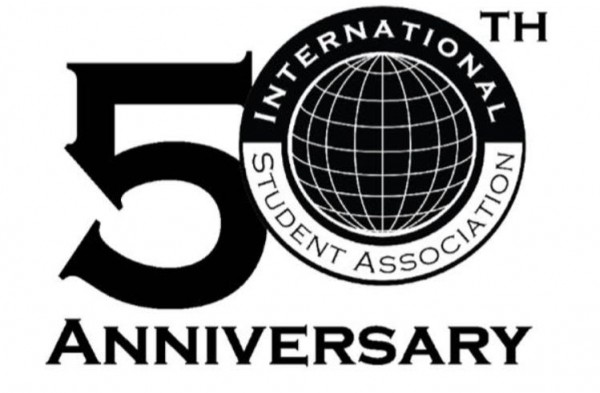History of ISA!

2019, the International Student Association (ISA) is proud to recognize 50 years of cultural awareness programs and service to international Aggies. We are also excited to announce that it has been 130 years since the first international student (Hegle Ness) graduated from Texas A&M University. Furthermore, this academic year has been declared as the Year of the International Student by ISA. Thus, ISA has lots of exciting events planned that will allow us to celebrate these incredible accomplishments and we want you to come celebrate with us! So stay tuned and make sure to follow us on our social media(ins:tamu_isa) to hear about these upcoming events!
HELGE NESS

The first international student to graduate from Texas A&M University in 1889 was Helge Ness. He was born in Norway, and then moved to America in 1881 to attend High school in Illinois. He hardly spoke the English language at first, but he still found his way. Helge then attended Texas A&M University in 1887. After 2 years he graduated as a botanist. Helge did not go far after graduation, as he was assigned as the Assistant Professor of Horticulture and Botany in 1891. By that time, Hegle did not only speak English, but also 6 other languages including Greek, Latin, French and more. He then spent his whole life in Aggieland, until he died in December 30, 1928.
Helge is not only known as the first international student to attend A&M, but also, he is well known as the first botanist in the United States and among the first in the world to produce hybrid oaks. They are referred to now as “Ness Oaks.” The Ness Oaks are essential since they provide vigor and faster growth. Two Ness Oaks were planted in front of the Texas Agricultural Experiment Station building, and as an honor to his memory, Ness statue was mounted in between the two oaks in 1961. More Ness tress can be found east of Kyle Field stadium.
As a botanist, Helge also contributed to future generations. By using the wild Louisiana dewberry and the raspberry, he started crossing them thus, improving and developing the “Ness berry.” As a result, the Brazos blackberry started developing because of Ness berry. As mentioned in The Battalion Newspaper of July 30,1964, Texas was close to becoming the land of berries, if it was not for a group of A&M students who stepped on a berry patch that Ness had developed.
